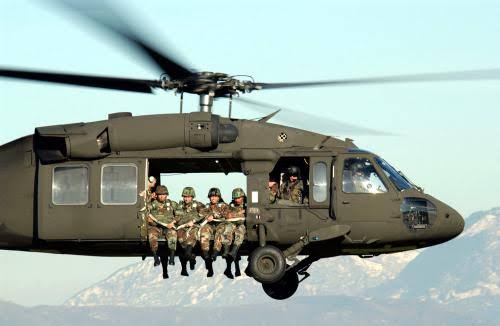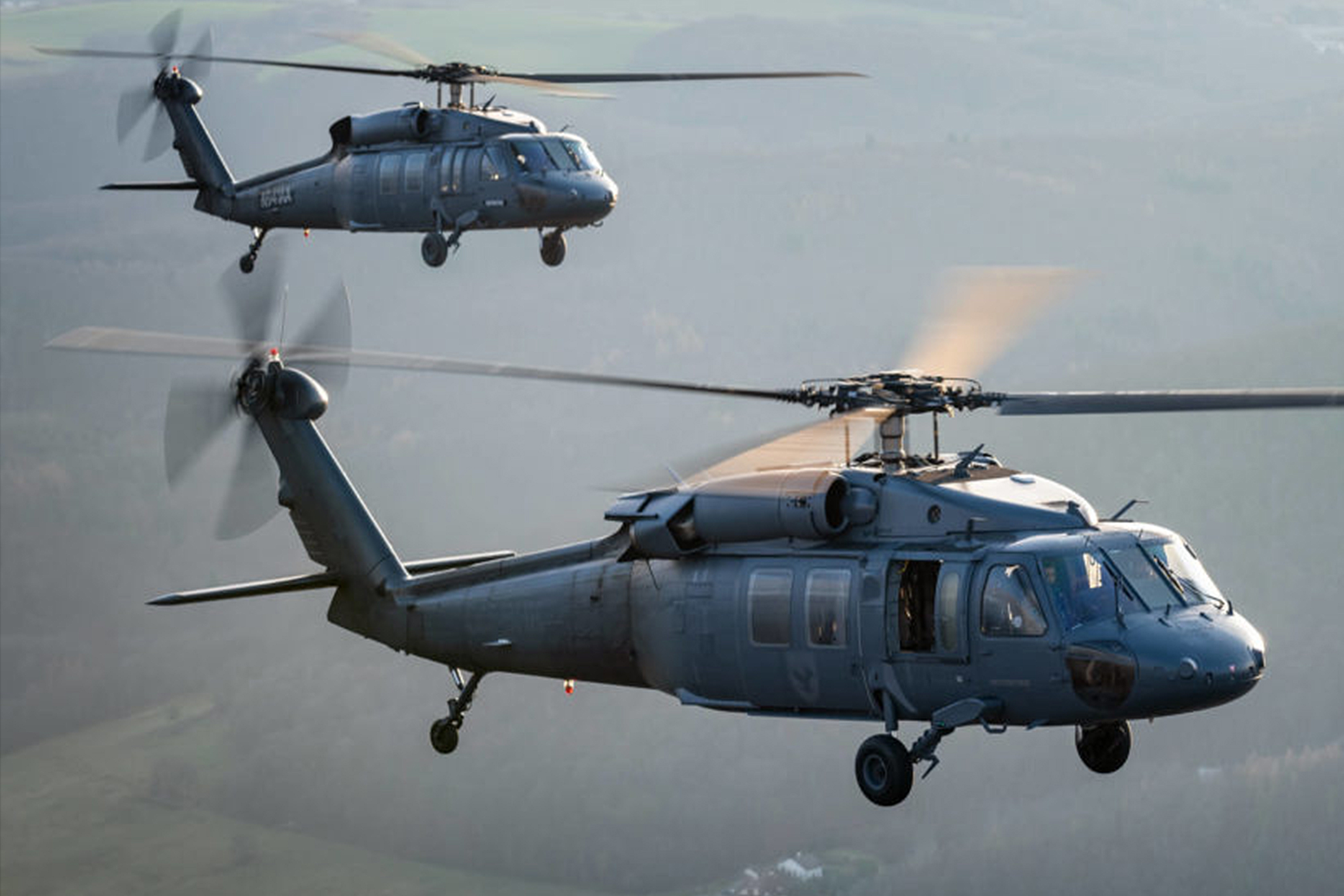The Influence of Lasting Practices on the Future of Airplane Workflow and Emissions Decrease
As the aeronautics market faces enhancing analysis over its environmental impact, the adoption of sustainable methods arises as a critical pathway towards future aircraft procedures and exhausts reduction. Technologies in sustainable aeronautics gas and developments in hybrid propulsion innovations stand at the forefront of this transformation, appealing considerable reductions in greenhouse gas discharges.

Review of Lasting Practices
Sustainable methods in aircraft procedures encompass a series of techniques focused on reducing environmental effect while preserving functional effectiveness. These methods are important in the aeronautics market's commitment to reducing its carbon impact and adhering to global ecological requirements. Trick initiatives consist of optimizing trip paths to minimize gas usage, boosting upkeep methods to make certain airplane run at peak efficiency, and executing sophisticated technologies such as winglets and lightweight materials that improve the rules of aerodynamics.

Engaging and educating team on sustainability techniques likewise play a crucial role, fostering a culture of ecological obligation within companies. On the whole, the assimilation of these sustainable techniques not only helps decrease emissions yet likewise boosts the long-lasting stability of the aeronautics field, guaranteeing it meets the demands of both consumers and regulative bodies while adding to international sustainability goals.
Cutting-edge Gas Alternatives
Numerous ingenious gas choices are emerging as critical options to minimize the aviation market's dependence on standard fossil gas. Among these alternatives, Sustainable Air travel Fuels (SAFs) have obtained significant attention due to their possible to reduce lifecycle greenhouse gas discharges by up to 80% contrasted to traditional jet fuels. SAFs are originated from numerous feedstocks, including waste oils, farming residues, and also algae, making them a flexible option for the market.
An additional appealing choice is hydrogen fuel, which, when used in gas cells, produces just water vapor as a byproduct. In addition, electric propulsion systems are being discovered, leveraging battery innovation to power airplane.
Finally, biofuels stemmed from biomass are being checked out, offering an eco-friendly choice that can be combined with conventional gas. Jointly, these innovative fuel options stand for an important step towards accomplishing a lasting air travel environment, straightening with global emissions reduction targets and enhancing the industry's environmental stewardship.
Technological Advancements in Air Travel

Just how can technological improvements reshape the future of aviation? The assimilation of sophisticated innovations is pivotal in transforming aircraft procedures, enhancing performance, and decreasing discharges. Innovations such as hybrid and electrical propulsion systems go to the leading edge, encouraging significant reductions in fuel intake and greenhouse gas emissions. These systems leverage innovations in battery innovation and power monitoring, enabling aircraft to operate with a reduced environmental impact.
Furthermore, the execution of sophisticated products, such as lightweight composites, adds to boosted the rules of aerodynamics and gas effectiveness. The browse around here usage of expert system and device learning in trip operations enhances route preparation and minimizes fuel burn by enabling real-time changes based on climate and website traffic conditions. In addition, the growth of independent and remotely piloted airplane systems stands to revolutionize freight and guest transportation, potentially boosting effectiveness while decreasing human mistake.
Additionally, lasting air travel innovations, including advanced air website traffic administration systems, can improve operations and reduce blockage, resulting in lower discharges throughout flight. These developments jointly stand for a standard change in aviation, assuring a future where sustainability and operational effectiveness are intertwined, thereby supporting the market's commitment to minimizing its ecological impact.

Regulative Framework and Conformity
Due to the growing emphasis on ecological stewardship within the aviation industry, the governing framework regulating aircraft procedures is advancing to promote sustainable techniques. Regulatory bodies, such as the International Civil Aeronautics Company (ICAO) and numerous nationwide aeronautics authorities, are introducing stringent standards focused on reducing discharges and improving operational efficiency.
These laws commonly include the adoption of Lasting Aeronautics Gas (SAF), which has been acknowledged as an essential component in accomplishing reduced carbon footprints. Compliance with these policies needs airline companies to implement functional techniques and additional info innovative technologies, such as optimized flight paths and enhanced air website traffic administration, to lessen gas consumption.
In addition, the enforcement of emissions trading schemes and carbon countering initiatives is ending up being progressively common, engaging airline companies to check and report their emissions accurately. Non-compliance can result in significant penalties, thus pushing operators to focus on sustainability in their company designs.
Eventually, the progressing regulative landscape not only drives technology and financial investment in environment-friendly modern technologies yet additionally cultivates a society of responsibility within the air travel market. As these structures continue to develop, the concentrate on lasting practices will be indispensable to achieving the market's long-lasting environmental objectives.
Future Fads in Aircraft Workflow
As the aviation industry adapts to an increasingly rigorous governing atmosphere, future trends in airplane procedures are readied to focus on innovative options that even more enhance sustainability and effectiveness - uh 60. Key growths will likely consist of the fostering of advanced air web traffic administration systems, which utilize real-time information and expert system to optimize trip paths, reducing gas intake and emissions
An additional considerable trend is the boosted assimilation of lasting aviation gas (SAFs) These alternatives recommended you read to standard jet fuel, acquired from sustainable resources, can significantly decrease lifecycle greenhouse gas discharges. The sector's commitment to SAFs will likely accelerate as airline companies collaborate with gas producers to make certain availability and cost-effectiveness.
In addition, the push in the direction of electrification and hybrid propulsion systems is getting momentum. Emerging airplane designs will incorporate these technologies, offering quieter and extra efficient procedures, particularly for short-haul flights.
Conclusion
Finally, the assimilation of sustainable practices in aircraft procedures holds substantial potential for discharges decrease and enhanced efficiency. The fostering of lasting aeronautics fuels, combined with innovations in electrical and hybrid propulsion systems, is essential for decreasing lifecycle greenhouse gas exhausts. Maximizing trip paths and embracing cutting-edge innovations contribute to a quieter and more ecologically friendly aviation sector. Jointly, these initiatives align with worldwide sustainability objectives and pave the means for a greener future in aviation.
Technologies in sustainable air travel gas and improvements in hybrid propulsion technologies stand at the center of this transformation, encouraging substantial reductions in greenhouse gas discharges.Various innovative gas options are emerging as crucial options to decrease the aviation sector's reliance on traditional fossil gas - uh 60. Among these alternatives, Lasting Air travel Fuels (SAFs) have actually acquired considerable focus due to their prospective to decrease lifecycle greenhouse gas exhausts by up to 80% compared to standard jet fuels.Another substantial pattern is the enhanced combination of lasting aeronautics fuels (SAFs) The adoption of lasting air travel fuels, combined with advancements in hybrid and electrical propulsion systems, is necessary for lessening lifecycle greenhouse gas emissions